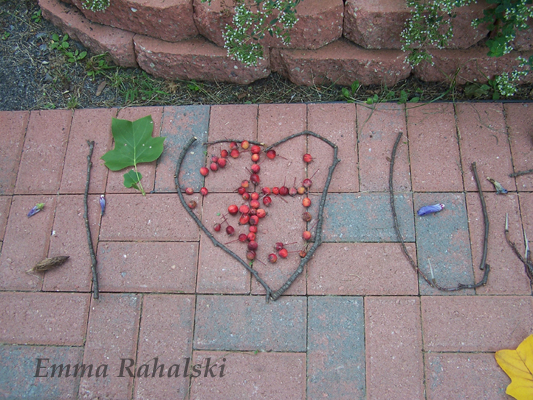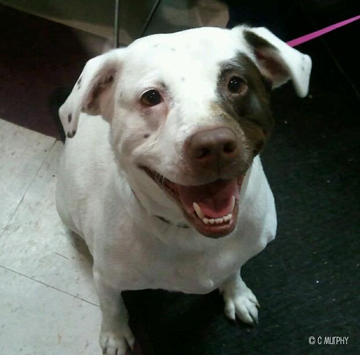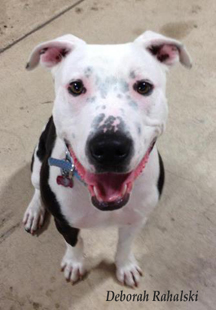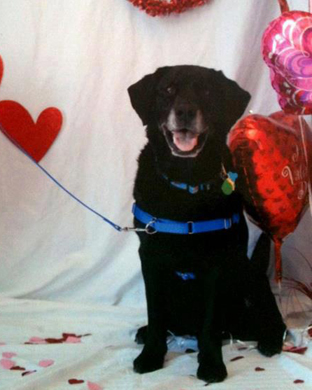So blessed readers the story of my journey as a rescue volunteer continues. As previously noted, rescue work is a volatile and fractured topic to write about. Proceed with caution.
No one looks back at the past with unclouded vision. While time often brings insight which helps us understand what has occurred, it also tempers our perception into selective memories. If a dozen people recounted their story of the rescue’s beginning years I know, with the exception of a few key details, the versions would vary a great deal. One reason is at least for the first two years the operations were run with an opaque style of communication. At times, the staff and even the board members had no idea what was going on behind the scenes. It was not obvious at first, but became more evident as time went on.
This is a very common scenario when a new organization begins to outgrow it’s founders capacity to manage operations. Progressive directors reach out, delegate and create a support system which can adapt to meet the needs of the growing organization, a choice which requires trust and a willingness to relinquish control. Easier said than done. Frequently as organizations become more successful they reach a point where growth is so rapid it becomes overwhelming. If those in charge cannot adapt to this growth and provide a clear sense of direction, things spin out of control. Chaos ensues which in turn makes it even more difficult for directors to give up control. When people put their heart into creating something with a genuine desire to make a difference, meet a need and do so with their own resources, one cannot blame them for holding on. It takes faith to step back and let others in and some rescuers are better off keeping their operations small enough to manage individually. I have seen several individually operated rescues succeed because they are small self-contained systems.
I can see now, there were parallels in the scenarios at home and at the rescue. While our family circumstances were not chaotic there most definitely were power struggles over control issues which impeded progress for a while. In many ways the time I spent at the rescue was one way I could have a sense of accomplishment. I would spend hours cleaning crates, chipping away at the mountain of nasty smelling laundry, hauling trash, scrubbing outdoor runs, washing food bowls and mopping floors. Then we’d walk dogs for hours in cold Lake Effect snow bursts, in pouring rain, in wilting humidity, many evenings with just a handful of walkers to walk well over forty or fifty dogs. I would come home exhausted, throw filthy clothes into the laundry (my shelter shoes stayed quarantined in the garage) take an immediate detox shower and collapse in bed. Still, I went to sleep knowing I had made a difference if only for one day.
A key difference in the two situations was I sought outside help at home. It was met with resistance at first, but became a blessing as the focus began to shift from blame and drama to each individual taking responsibility for communication and healing. In return I was able to draw clear boundaries which allowed me to take time at home when needed and allow for my time at the rescue. My family came to understand the importance of my work at the rescue as an expression of a genuine compassion necessary for my peace of mind. It was harder to set that boundary at the rescue, but I stuck to my resolve. I got more support than negative feedback, but the negativity was at times harsh enough to leave me questioning my sanity in staying. Always there were those faces and wagging tails in the crates and pens calling me back. I promise in good time to share some of their stories here. They deserve to be heard.
The leadership help needed at the rescue just took longer to come into place and only did so after several incongruous attempts. In the meantime, I did my best to keep a flow of volunteers coming in and to provide them with simple training that focused on basic safety guidelines. Still, I could not be at the rescue to supervise new volunteers all the time, so there were inevitable problems. I made every effort to learn from those mistakes and improve the training each month. I kept careful records of the rate of intake and retention, trying to find ways to prevent burnout and improve the quality of interactions between the dogs and volunteers.
In the end what matters is a good fit was found. The board has taken responsibility for all financial and developmental decisions, setting consistent policies and providing clear, open communications with the staff and volunteers. In a little over a year, new leadership has brought the rescue out of disarray and into order. From time to time I encounter someone who had a critical experience during the early years. I encourage them to revisit the rescue and see how progressive change has been. The number of dogs taken in is under careful control, which allows the team to keep the rescue clean and provide good quality care. Dogs arrive off efficient transport programs, often with care bags and foster home “bios” that can help match dogs and potential adopters. The rate of return is much lower and post adoption issues are fewer. The turn around time from arrival to adoption for the majority of the dogs is only a few weeks. The rescue reaches out to provide more opportunities to help local dogs in need, an important goal for any successful shelter.
The volunteer program has grown tremendously. Training is more comprehensive and consists of several sessions. Volunteers have color coded lanyards which correspond to their level of training and experience. Beginning volunteers walk dogs with easier temperaments, dogs that require a more savvy handler have color coded tags so volunteers know which dogs match their experience and training levels. Those TLC dogs I wrote about? the tough love cases? They get their own team of volunteers and training is provided for both the dogs and their handlers. Just a few days ago, an announcement was posted indicating the rescue is making the volunteer coordinators job a paid position, thanks to a generous donors funding. The future looks bright.
Even in the best run operations, not everything goes perfectly. There are always voices of criticism. From time to time a dog comes through the rescue which for a variety of reasons can not be adopted. (The concept of no-kill sheltering is vastly misunderstood, I am not going to address it now.) Its hard on everyone, especially the staff who really put their heart on the line for the tough cases. Until more societal changes occur to address the reasons we even need shelters in the first place, this work will test the courage and stamina of the most determined crusaders.
I take full responsibility for the choices I made and blame no one for the consequences. Things at home have worked out well, there is a sense we are closer for having weathered a few storms. I sense the same is true at the rescue and I am grateful I was welcomed back after a years distance. Oh and those faces and wagging tails are as compelling as ever.
Photo Notes: special thanks to Sarah Miraglia and Carolin Booth Murphy for allowing me to use some of their fantastic rescue dog photos. All of the dogs pictured were placed in good homes, through various local rescues. The brown girl in the top photo is my “granddog” Coffee adopted in Philly. She’s playing with one of our former fosters, whose story I promise to write soon. The valentines photo is a boy named Bowser who passed away from cancer while living with his foster mom. It is of some comfort to know he was loved deeply in his final days.





